5 Types Of Plant Décor To Transform Any Living Space
Bringing plants into your home does more than add a touch of green—it changes the way a space feels and functions.
9/25/20257 min read
With the right plant décor, you can create a setting that feels more vibrant, balanced, and visually engaging without overwhelming the room.
You’ll discover how different types of plant décor can serve unique purposes, whether it’s saving space, adding height, or creating a natural focal point. Each approach offers simple ways to elevate your home, giving you options that match both your style and your space.
1) Vertical gardens with hanging plants
Vertical gardens with hanging plants let you bring greenery into your home without taking up valuable floor space. By using walls, ceilings, or suspended structures, you can grow plants upward and create a layered effect that feels both organized and natural. You can use macramé hangers, ceramic pots, or glass containers to display trailing plants such as pothos, ivy, or string of pearls. These plants naturally cascade downward, adding soft movement and texture to the room.
Hanging planters work especially well in small apartments, balconies, or compact living rooms. They allow you to enjoy the benefits of plants without crowding surfaces or walkways. Placing a few planters at different heights creates depth and dimension. This arrangement draws the eye upward and makes a space feel taller and more open.For a relaxed style, mix different planter shapes and materials. Combining woven baskets with ceramic or glass pots can introduce variety while keeping the overall look cohesive.
Lighting is important for vertical gardens. Hanging plants near windows ensures they receive enough natural light, but you can also use grow lights if your space lacks sunlight. You can also use vertical hanging systems that mount directly on walls. These options often include pockets or modular panels designed for herbs, ferns, or small flowering plants. They turn a blank wall into a living feature.
In kitchens, wall-mounted hanging gardens are practical for growing herbs like basil, mint, or parsley. You keep fresh ingredients within reach while adding greenery to the room. Bathrooms can also benefit from hanging planters, especially with moisture-loving plants like ferns. The vertical arrangement keeps surfaces uncluttered while enhancing the space with natural elements.
To maintain your hanging plants, make sure the containers have proper drainage. Overwatering is a common issue, so choose planters with holes or add a layer of stones at the bottom. Rotating your plants occasionally helps them grow evenly, especially if light comes from one side. This small step keeps your vertical display balanced and healthy. By combining different plant types, you can create contrast in leaf shapes and colors. For example, pairing dark green ivy with lighter trailing philodendrons adds subtle variation without overwhelming the space.
2) Statement fiddle leaf fig trees
A fiddle leaf fig tree adds height and greenery to your living space with its large, violin-shaped leaves. Its upright form makes it a popular choice when you want a plant that feels substantial and noticeable. You can use it as a natural focal point in a room without adding extra furniture. Place your fiddle leaf fig near a bright window where it can receive plenty of indirect sunlight. A corner of the living room, dining area, or entryway works well because the plant fills vertical space. Avoid dark corners since low light can cause leaf drop and slow growth.
This plant complements modern, Scandinavian, and mid-century interiors because of its bold silhouette. Its clean lines and structured leaves pair well with simple furniture and neutral palettes. You can also use it to soften sharp edges in a room by placing it next to angular furniture. Choose a decorative pot that matches your décor style. A ceramic planter in a neutral tone blends easily, while a textured or colorful pot can turn the plant into a stronger design feature. Make sure the pot has proper drainage to keep the roots healthy. You can style a single fiddle leaf fig as a solo statement piece, or group it with smaller plants for contrast. Pairing it with low plants or succulents highlights its height and creates a layered look. This approach works especially well in open living areas.
Regular care is important to keep your fiddle leaf fig looking its best. Wipe the leaves occasionally to remove dust and allow them to absorb more light. Rotate the pot every few weeks so the plant grows evenly and maintains its balanced shape.
3) Trailing pothos on living walls
You can use trailing pothos to create a living wall that adds greenery without taking up floor space. Its cascading vines naturally drape down, making it ideal for vertical displays. This approach works well in small apartments or rooms where you want to maximize space. The leaves vary in shape and color depending on the variety, so you can choose golden pothos for variegation or jade pothos for a solid green appearance. Both options create a clean, natural backdrop.
You can train vines to climb or trail by attaching them to hooks, trellises, or wire grids. This gives you control over the design and helps you shape the wall into a neat or more organic style. Regular trimming keeps the growth balanced and prevents tangling. Living walls with pothos also improve the sense of freshness in a room. The plant adapts well to indirect light and does not require constant attention, making it practical for home or office use. You only need to water when the soil dries out, which reduces maintenance demands.
For styling, place a pothos wall behind a sofa, desk, or dining area to create a natural focal point. In smaller spaces, a single vertical panel can serve as wall art. In larger rooms, multiple panels can line a wall for a more immersive effect. Mixing pothos with other trailing or climbing plants can add variety. Pairing it with philodendrons or ivy creates contrasting leaf shapes and shades of green. This combination adds depth and prevents the display from looking too uniform. You can also use wall-mounted planters or modular frames to hold the pothos. These systems allow you to rearrange plants if needed and make it easier to water. Choosing lightweight containers helps reduce strain on the wall surface.
Lighting plays a key role in keeping your pothos wall healthy. Place it in a spot with bright, indirect light to encourage steady growth. If natural light is limited, you can use LED grow lights to maintain the display. Trailing pothos on living walls is a flexible option that adapts to different styles and room sizes. Whether you prefer a neat arrangement or a more free-flowing design, this setup allows you to bring greenery into vertical spaces in a simple and effective way.
4) Tall palms or bamboo as natural room dividers
Tall palms and bamboo plants work well when you want to separate areas in an open floor plan without building walls. Their height and structure create a natural partition that feels light and breathable. You can use them to define a reading corner, dining area, or workspace. Palms such as the Kentia or Bamboo Palm grow upright with fronds that spread gently, offering coverage without blocking too much light. Bamboo, on the other hand, provides a denser screen with its clustered stalks, making it useful when you want more privacy. Both options keep the room feeling open while still dividing space. Placement is important. Position palms or bamboo where you want a soft boundary, such as between a living area and hallway. A row of pots can create a continuous divider, while a single large plant can mark a transition point between two functions in the same room.
These plants also add a natural design element. Palms bring a relaxed, tropical look, while bamboo offers a more structured and minimal style. Either choice introduces greenery that balances modern interiors and softens hard lines from furniture or architecture. Caring for them requires attention to light and watering. Most palms prefer bright, indirect light and moderate watering, while bamboo varieties may need consistent moisture. Choosing the right plant for your lighting conditions ensures they stay healthy and continue to serve as effective room dividers.
For flexibility, consider placing the plants on rolling stands. This allows you to move them easily if you want to reconfigure your layout. It also makes cleaning and watering more convenient, especially for larger, heavier pots. By using tall palms or bamboo thoughtfully, you create a functional divider that also enhances the atmosphere of your home. They provide privacy, structure, and a touch of greenery without the permanence of walls or heavy partitions.
5) Low-light floor plants like snake plants
Low-light floor plants such as snake plants are practical choices when you want greenery in spaces that don’t receive much sunlight. They adapt well to dim corners, hallways, or rooms with limited windows. Their upright leaves add structure and height without overwhelming the room. You can place a snake plant in a simple pot on the floor to fill an empty corner or frame a piece of furniture. Their tall, vertical growth makes them effective for balancing layouts where other décor feels too low or flat.
Snake plants are also known for tolerating irregular watering schedules. You don’t need to water them often, which makes them suitable if you prefer low-maintenance décor. Their resilience means they can stay healthy even if you forget them for a while. Styling them is straightforward. A sleek ceramic or matte planter complements modern interiors, while woven baskets add warmth to traditional or rustic styles. Since snake plants have clean lines, they work well in both minimalist and eclectic spaces.
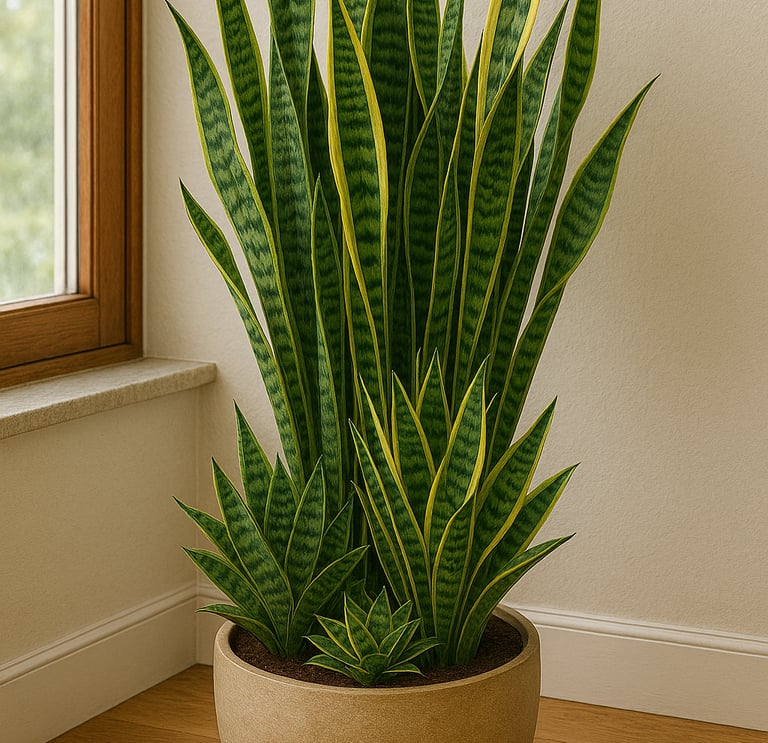

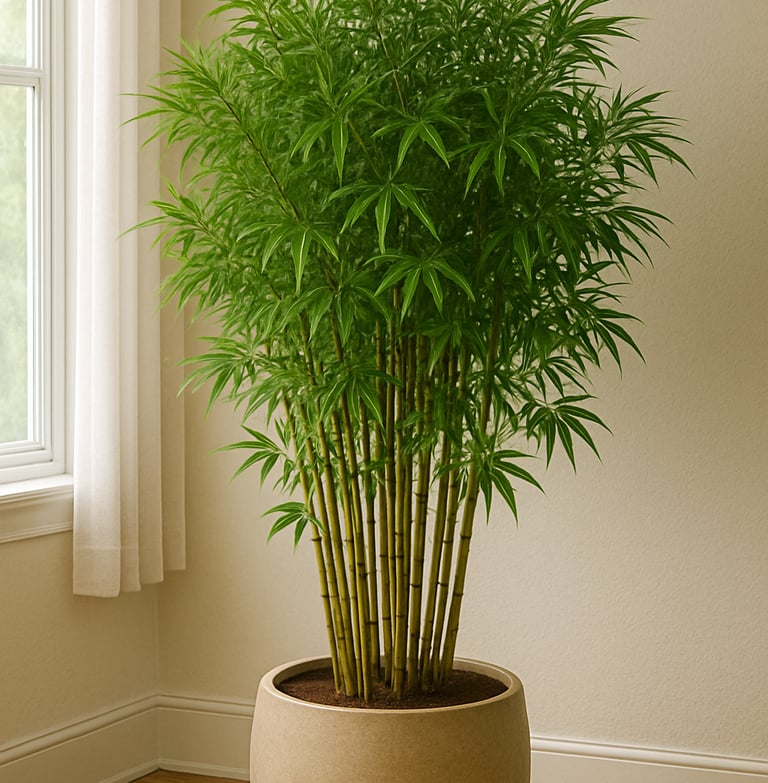

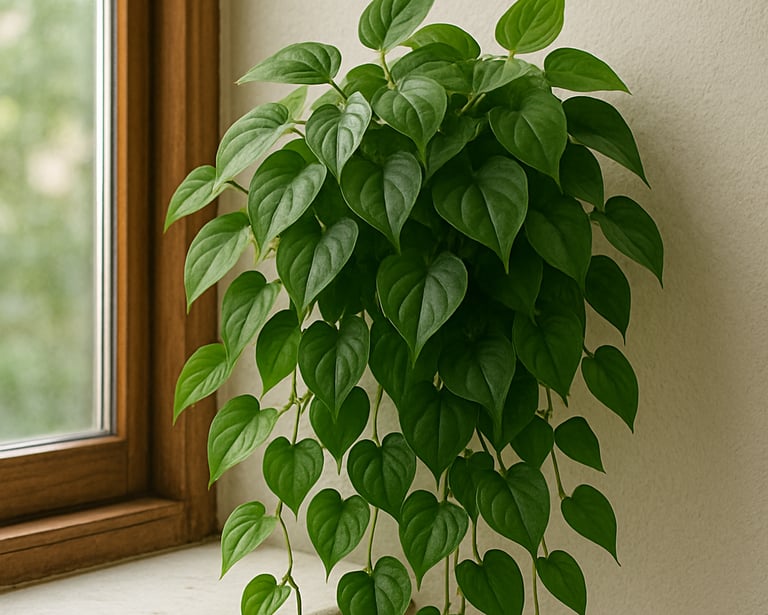

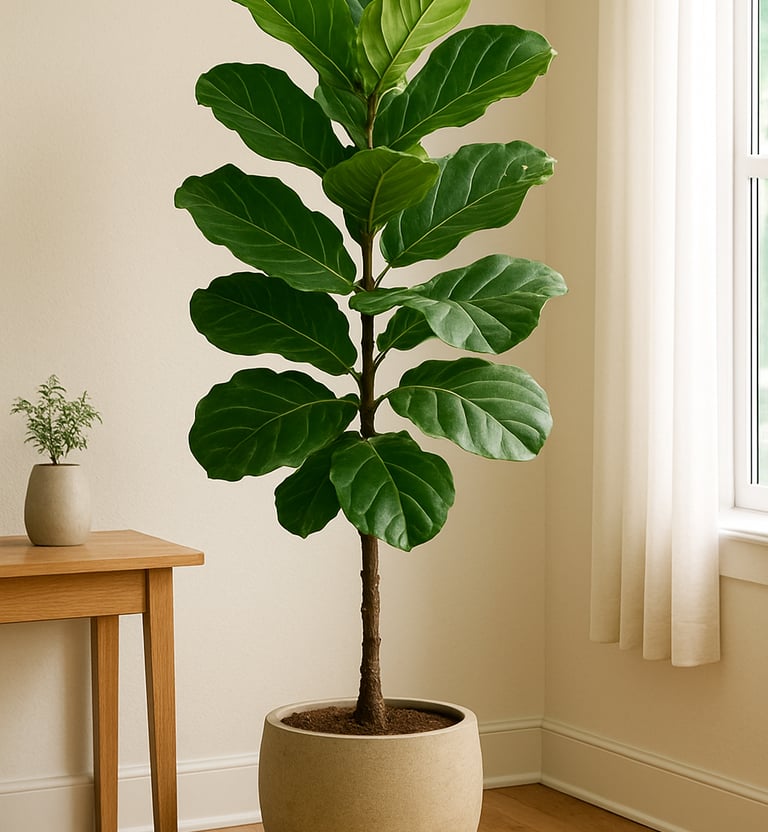

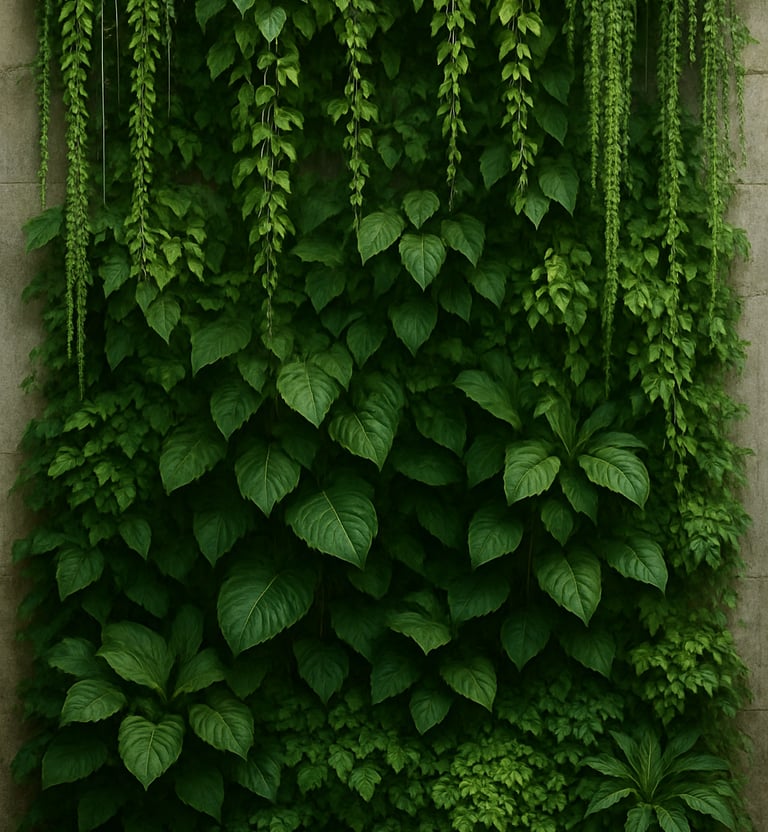

Disclosure: These post may contain affiliate links. If you purchase through these links, I may earn a small commission at no extra cost to you.
Nest EMAIL:
© 2025. All rights reserved.
